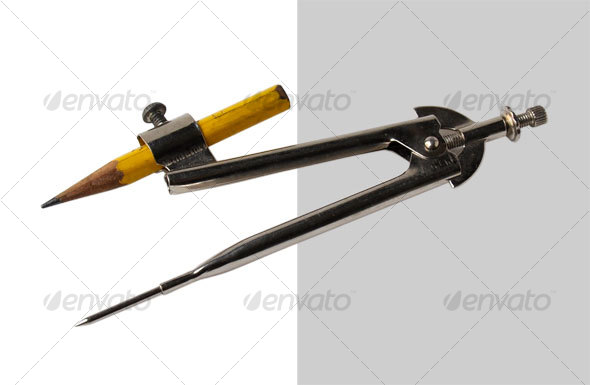Keeping tools of any sort rust free can be sometimes seen as OCD, obsessive compulsive disorder. I am not that bad honest, having worked in the fields I have and environments where tools can go from one extreme weather condition to another their use and sadly abuse. This isn't just woodworking tools these are spanners, hammers, cold chisels metal working tools in general.
I would have liked to have been the sort of person who buys tools and treats them like surgical implements. I have worked with and know some people like this when they use their own tools. Sadly when it comes to others tools this being more often company or borrowed tools, this care goes out the window. I take the best care I can of what I have.
So what is RUST? Its defined as :-
rustrʌst/nounnoun: rust1.a reddish- or yellowish-brown flaking coating of iron oxide that is formed on iron or steel by oxidation, especially in the presence of moisture."paint protects your car from rust"
That last statement is just wishful thinking! it gets it in the end, more so if preparation of material and surface rust removal is not carried out with proper surface adhesion and coverage of paint.
History and science has proven that if Oxygen is depleted so is the decaying speed we know as rusting. Just look at all those ships and cargo sunk to the bottoms of oceans. Some having been down for well over 150 years with canons made of cast iron still solid as almost the day they were last fired.
No I am not suggesting we store our tools in buckets of water.
Then of course there are the tools we acquire which have seen better days, sad forlorn left to natures enemy to tools... RUST.
I had a few tools looking sad and in need of some TLC. On our trip to Toowoomba last year at the Toowoomba show I purchased a 1lt bottle of Rust converter concentrate an environmental product so it says.
The fellow had some tools soaking and was able to show how it worked. Finally with weather as it is at the moment I bit the bullet and mixed it up 4 parts water to 1 part converter giving me enough to just cover the tools in a plastic tub.
With varying degree's of surface rust down to the pitted type. They soaked from 20 mins for lightest to over night almost 24 hrs.
As each piece is removed it requires a wash with fresh water and then a wipe with a cloth to remove that and some of the residue remains of rust. From there its a case of light scrub to heavy working it over with WD40 as I went.
I used 120g paper, 180g a hard course scourer bought through ALDI which can be mounted on a grinder. A cheap kitchen type scourer and steel wool all depending on the level of work required.
Rust Solutions 1 lt concentrate organic rust converter is the product I used.
Their safety instructions
- Keep out of Reach of Children and Pets etc.
- Store out of direct sunlight.
- Avoid Prolonged Contact with Skin- Wash skin with Soap and Water after use.
- Wear Safety Goggles - If you get the product in your eyes wash with copious amounts of water. If any adverse symptoms occur seek medical advice.
- If swallowed drink plenty of water. If any adverse symptoms occur seek medical advice.
- Use in a ventilated area.
- Close lid tightly after use.
- Make sure surface is clean of solution before welding.
These are some of the tools requiring Rust removal prior soaking.
The Tin Snips above left and the saw below were the worst two items put into the fluid
Below is the Rust Converter mix just after mixing and placing the tools inside.
I had also place in a Vernier height gauge which only had light surface rust but some bad pitting.
Note the colour change of the fluid this is approx 20 mins after mixing and placing the first items in.
Below:- the following morning almost 24 hours later a good soaking for the worst of the tools. There is notable flakes of rust on the bottom and the fluid colour has darkened significantly. I had also placed in the fluid a aluminium handled hacksaw.
Below is one of the tenon saw and the scourers and steel wool used to clean up.
In the morning all the remained tools were removed and rinsed with fresh water wiped down, then each in turn was sprayed with WD40 during the cleaning process.
Below on the sheet metal snips rust scum was still lurking but much of this wiped off with a rag some work of a light rub required to remove the rest.I will remove the securing nut and clean up between the anvils sharpen and re-assemble as well as spray the handles.

The converter doesn't harm alloy as can be seen here.
The hacksaw frame after clean up.
The Draw knife.

One side has some serious pitting but light only on the other side. A little touch with a sharpening file will see it soon back at work.
Below the scum left after the 24hr soaking.
This was the worst of the saws a $5 buy, again the scum before cleaning with WD40 and scourer.

However I would not normally choose or recommend that this is done, as water and moisture does reside in the timber and at the surface of the metal. This will promote rust in any circumstances.
Would I recommend this product YES at this point and for the removal it has achieved so far. The fluid is reusable as advised to what extent I have no idea, storage as per above in a plastic container NOT metal.
I will add photos and comments here of the plane and any notable changes of the tools done so far.
Ray










































